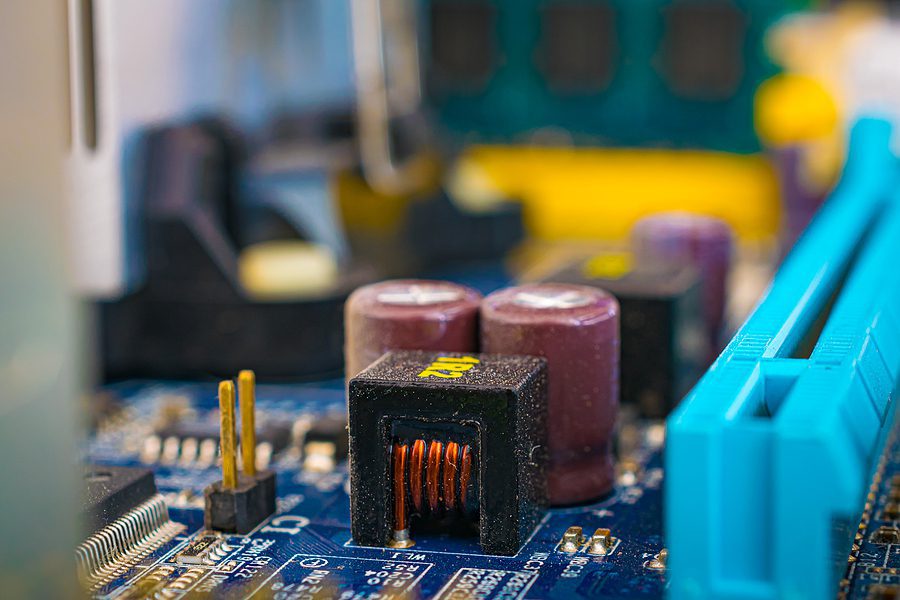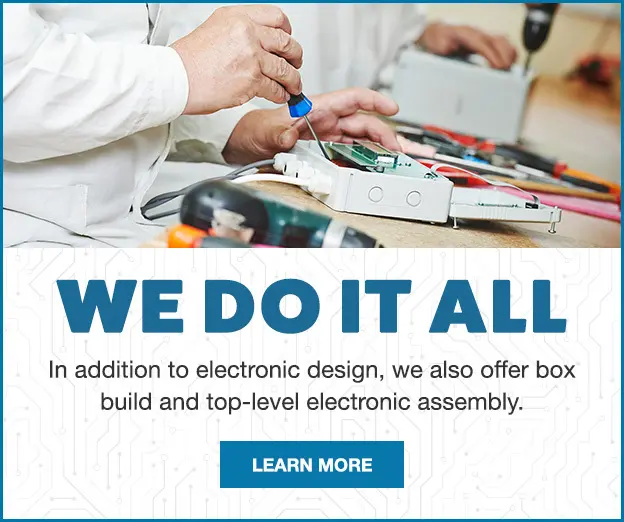What Is Included in an Electronic Manufacturing Box Build Assembly?
A box build enclosure includes all the assembly work taken place after the production of the PCB. A box build will usually include sub-assemblies, installation of components, routing of cabling and wiring, and fabrication of the enclosure itself. For a successful box build, both the client and the electronic manufacturer need to work together from the start.

What is Needed from the Client for a Successful Box Build Project?
To have a successful box build, you will work with your ECM to ensure that all the information needed is documented before the build begins.
- Bill of Materials
The bill of materials (BOM) is the complete list of components involved in the assembly from start to finish. The BOM provided to the ECM by the client should include part numbers, manufacturer names, quantity needed, reference numbers, item description, sourcing information, and any other specifics for the components included.
- Design Files
3D CAD files are the best way to provide the assembly design information to your ECM. These files will contain all the necessary information for the completed device. You’ll include an electrical schematic, wire lists, and even an example unit. However, an ECM with more advanced capabilities in house can take a CAD model and adapt it into a working product.
- Test Plan
One of the things you can provide is detailed test cases on how the product will need to be tested before the final product can be accepted. Some of the tests you may need involve programming tests, functional testing, visual inspections, 3D automated inspections, and factory acceptance testing. The more comprehensive the test plan you provide is, the better the results will be from your ECM.
What is Included in a Box Build?
A box build can also be referred to as a “systems integration”, and will include all the assembly work involved, not simply the production of the PCB. A box build has been compared to a layered cake, where the success of each step in the sequence determines the overall success of the project. First, the PCBs, device cables, and wire harnesses will be built and tested. Then the assembly will begin from the bottom, working up through each level. This includes bolting parts together, seating and connecting boards, and connecting the wire harnesses. As each layer is worked on, manufacturing specifications will be incorporated and inspected. This is crucial to do throughout the assembly, as certain layers won’t be accessible as the build continues. After all the layers are completed, a final inspection and test will take place.
Each box build is unique, and the full steps depend on the overall function of the completed product. However, there is a typical list of services that every box build will incorporate, including:
- System level assembly
- Product assembly
- Sub-level product assembly
- Packaging
- Labeling
- Testing
- Software Installation
- Product Configuration
- Warehousing
- Order Fulfillment
- After-market service
- Repair
A turn-key ECM will follow the box build through from design, assembly and testing to packing, shipment, and delivery. For a successful box build, your team will work closely with your ECM to manage the project details. Before the build can begin, you’ll provide all the information and specifications needed, and your ECM will assign a project manager to your project who will oversee your box build all the way through the process. Building a relationship with a quality ECM can make for a successful box build and overall product success.
Your end product is only as good as your manufacturing partner. It’s important to seek out the right ECM to outsource your manufacturing to. A domestic, turn-key shop with multi-industry experience, certifications relevant to your industry, who offers design support will lead to a successful device. If you’re looking for an experienced electronic manufacturing partner to help you get your idea to market, contact Levison Enterprises today.
Start Your Quote Now!